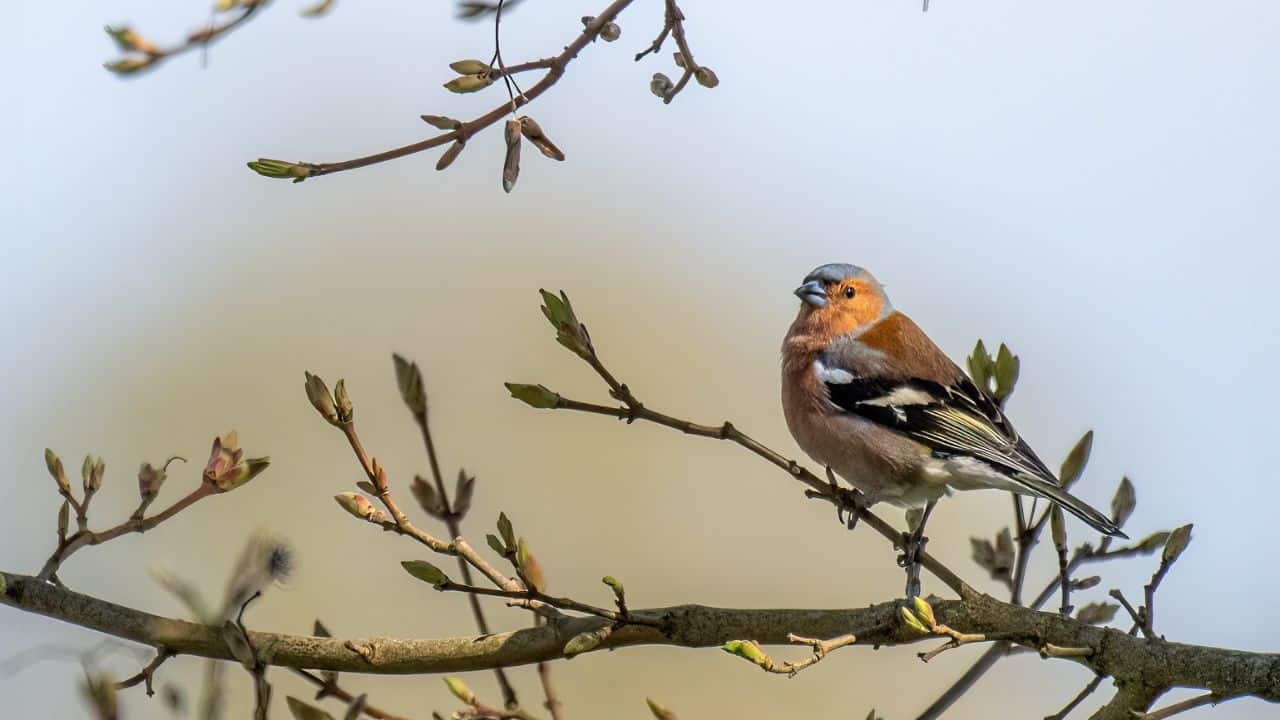Wild camping near Avon offers the best way to experience the natural beauty of one of England’s most beautiful and historically significant rivers. The River Avon, which rises in the Cotswolds Hills and flows through several picturesque counties before emptying into the Bristol Channel, is a long and winding river filled with splendour.
Immersing yourself in the raw, untamed allure of this serpentine river through wild camping is an experience like no other. This adventure can pose its own set of unique challenges (we’ll delve into those shortly), but with the right knowledge and a spirit of exploration, it’s an undertaking that’s not only possible but profoundly rewarding.
Is Wild Camping Near Avon Legal?

In England, with the exception of the Dartmoor National Park, wild camping without the landowner’s permission is illegal. Besides the law, the thing that makes camping near Avon especially difficult is that it flows through one of the country’s most densely populated areas. When wild camping near Avon, you’ll never be too far away from settlements, crop fields, or even patrolling rangers.
However, many people still do it. If you’re a cautious wild camper – i.e. someone who always finds a secluded spot, pitches at dusk, departs at sunrise, doesn’t make campfires, and isn’t loud – there’s a high chance no one will ever notice you in the first place.
Best Wild Camping Spots Near Avon
Leigh Woods
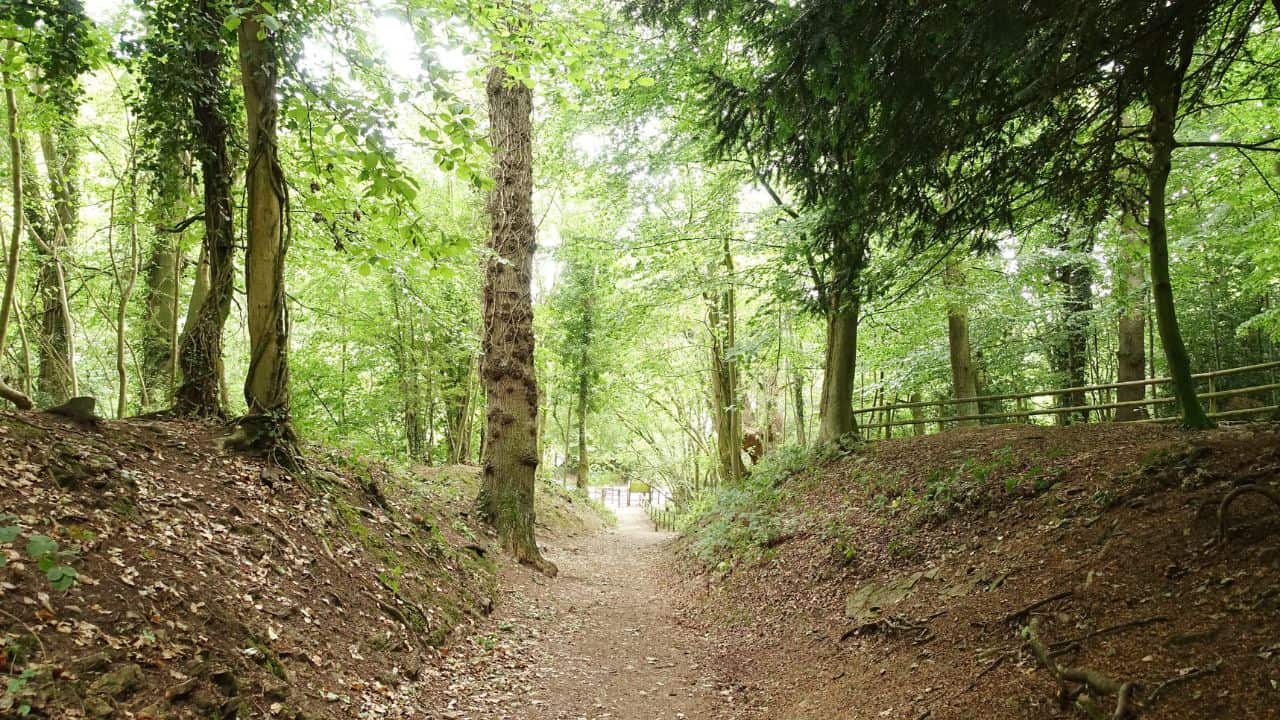
The first wild camping destination on my list is only miles away from Avonmouth, i.e. the place where River Avon flows into the Bristol Channel. Donated by the head of an eminent Bristol family to the National Trust to prevent the city’s development on the other side of the river, Leigh Woods is one of the most tranquil – and picturesque – woodlands in this part of England. The forest covers an area of 0.77 square miles and can be easily accessed via Clifton Suspension Bridge.
The most important thing about Leigh Woods is that wild camping here is all but easy due to the forest’s proximity to Bristol. It’s a National Trust Site of Historical Interest, and, as such, it is patrolled by rangers, particularly on weekends. However, camping here is not impossible – many people still do it. It all boils down to finding a well-secluded spot as far away from footpaths and popular picnic areas as possible.
Another essential thing to point out is that here, pitching late and leaving early is more important than at any other location described in this article. You will also want to stay as quiet as possible and keep away from the remains of ancient buildings at the forest entrance – the rangers are likely to check those. Moreover, remember to take away all of your litter.
The most famous attraction in Leigh Woods is a 350 BC Iron Age fort located in the southern half of the forest, close to the suspension bridge mentioned above. Of all the Iron Age hillforts built to guard the approach of the River Avon, this is the largest and best-preserved. Other points of interest worth checking out are the Round House and the Green Barn, both of which are excellent places to stop and enjoy a picnic.
Eastwood Farm
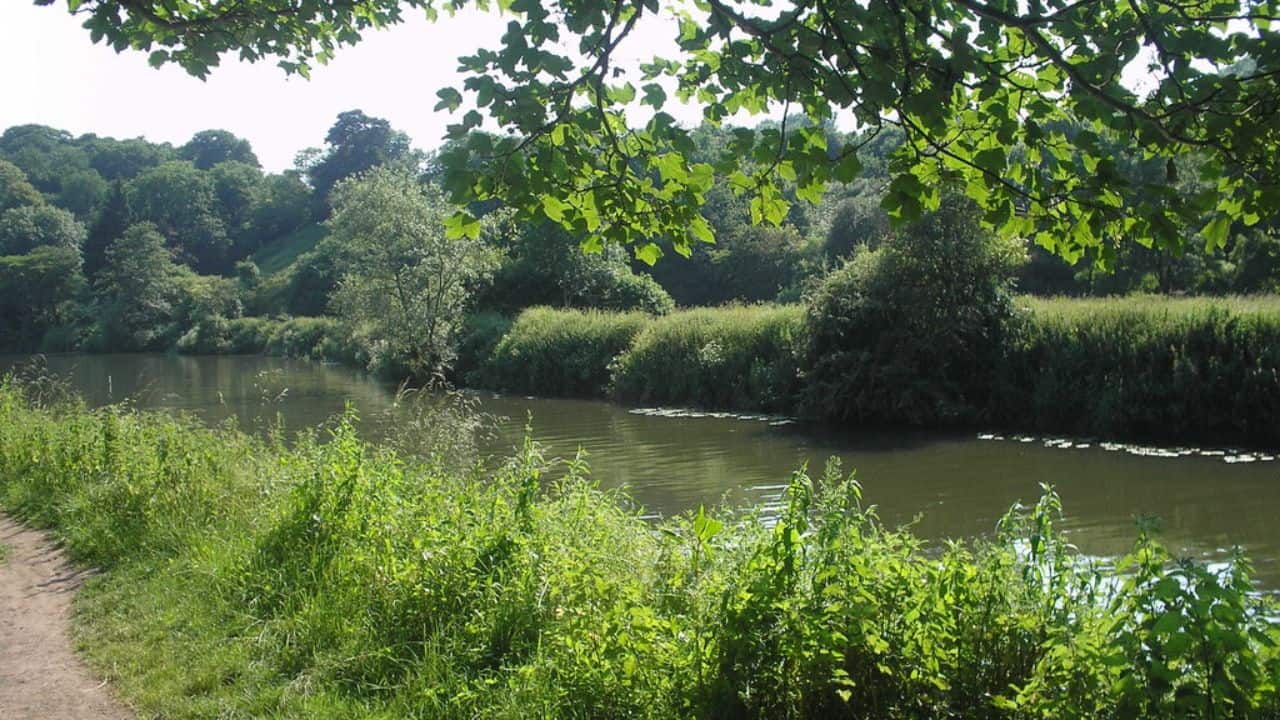
If you want to camp here, you must find a genuinely secluded spot (which, fortunately, isn’t that difficult). Eastwood Farm is a small nature reserve managed by the Bristol City Council and a group of locals located at the city’s eastern end. Formerly a farmland (hence the name), it has now been transformed into an open space enjoyed by people and animals alike.
If you can’t find a suitable wild camping spot in the woodland that circles the large open field, you can cross Avon at the nearby Beese’s Ferry Crossing and try your luck on the other side of the river. There is another extensive forest just south of Conham River Park, where you can get off the beaten footpaths and try finding a discreet spot in the woods.
While you won’t be able to see the water while camping on either side of the river, you will still feel like you are in the countryside despite being within city limits. One thing that contributes to the “wild” feel of Eastwood Farm and this section of Avon in general is the presence of many different species of birds. If you take a walk along the watermeadows, you will likely see moorhens, mallards, herons, buzzards, coots, kingfishers, swans, and many other types of birds.
Avon Valley Panorama, on the other side of the river, is worth visiting while in the area. Situated just south of Conham River Park, this is a stunning viewpoint overlooking the river and the surrounding woodlands. It’s also worth pointing out that two spacious car parks are nearby – Conham River Car Park (just north of the park) and Avon Valley Woodlands Car Park, also on the other side of the river but much further south (close to A4174).
“Alternatively, if you’re up for a change of scenery, the diverse and beautiful wild camping spots in Norfolk could be your next stop. With its expansive coastline, varied landscapes, and abundant wildlife, Norfolk unfolds a canvas that is markedly different from the wooded seclusion of Eastwood Farm. Not only will you enjoy the broad skies, golden beaches, and serene broads, but you will also discover hidden wild camping spots offering a truly immersive experience in nature’s majesty, making Norfolk a worthy detour or destination in itself.
Tennant’s Wood / Summerhouse Wood
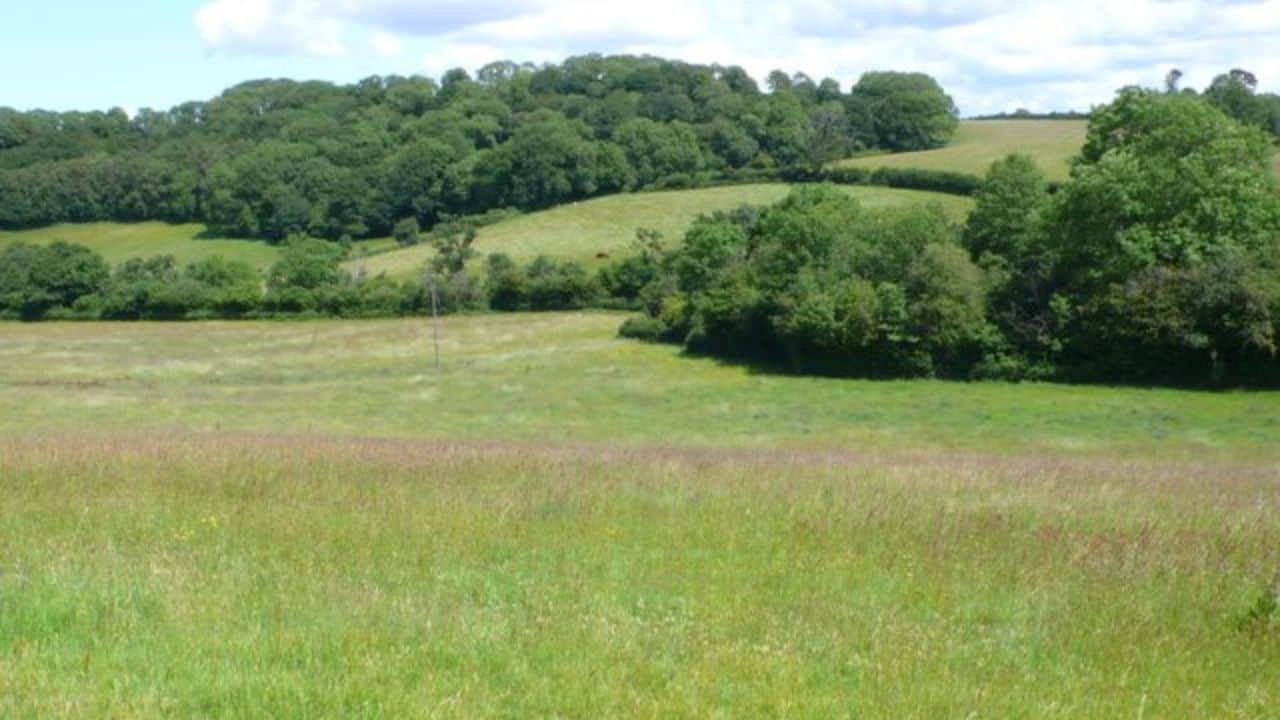
Moving further up the river, we get to yet another excellent Avonside wild camping destination – two small wooded areas south of the village of Kelston. Although they belong to Kelston Park and have a bicycle route running through them, the Tennant’s Wood and the Summerhouse Wood are dense and can easily hide wild campers from prying eyes. If you’re coming from the east, i.e. from Bath, follow the same bicycle route, cross the river via a small bridge immediately after exiting the city, and the woodlands will be on your right.
The fact that these forests are pretty dense can also be disadvantageous – getting through thick flora to find a suitable tent-pitching spot can be challenging. But once you find one, you will be well-hidden and have complete peace of mind. While camping here, you will occasionally hear the passing cyclists’ chatter, but that’s not something you’ll need to worry about.
A particular advantage of this area is the immense grass field between the woodlands and River Avon. It’s a fantastic place for a picnic, but remember that it’s also used as a grazeland for cows – be respectful of the animals and don’t disturb them. You can also swim in the river here, but you must be mindful of the passing boats and canoes: River Avon is very popular with kayakers and canoers.
Another option is to relax in Kelston Park behind the woodlands or have a pint at the Old Crown Inn in the same village. The large village of Saltford – just to the west but on the other side of the river – is also worth a visit. You’ll want to check out the old Saltford Brass Mill, located next to Avon and dating back to the early 18th century.
Bathampton Down
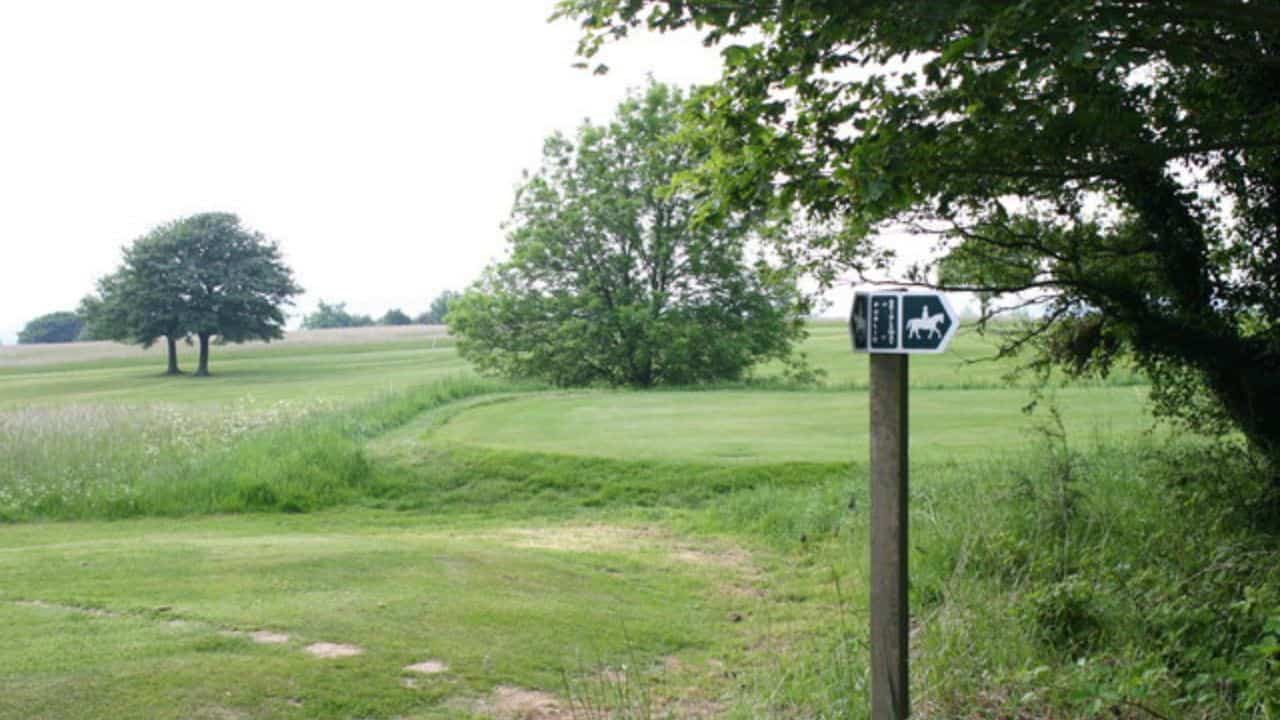
Overlooking the city of Bath and the River Avon, Bathampton Down a flat limestone plateau north of the University of Bath. What makes this place an excellent wild camping destination (besides its proximity to the river) is that it’s full of wooded areas, caves, and quarries, all of which are great for spending a night away from the hustle and bustle of the city. The footpaths across and around this area make it easy to navigate.
However, they can also make finding a secluded camping spot challenging. You’ll want to head deep into the wooded area (Bathampton Wood / Hengrove Wood) between A36 and the golf course. With some luck, you’ll bump into traces of campfires, indicating places where people have already camped. That is not to say you should make a campfire yourself – refraining from making one will surely help you go unnoticed.
There are numerous walks one can take in this area. If you follow Avon north and cross it near A4, you can walk back south along the river and explore the rolling fields with stunning views over the valley. If you’d rather stay on Avon’s left bank (near Bathampton Down), descend the hill and walk along the scenic, paved footpath between Avon and Somerset Coal Canal.
Some points of interest worth checking out include the Dundas Aqueduct, built in 1805, and Warleigh Weir, a great place to have a picnic and even camp overnight if there aren’t too many people around. The nearby American Museum and Gardens, with its excellent exhibitions, charming gardens, and amazing views, is also worth a visit.
Brown’s Folly
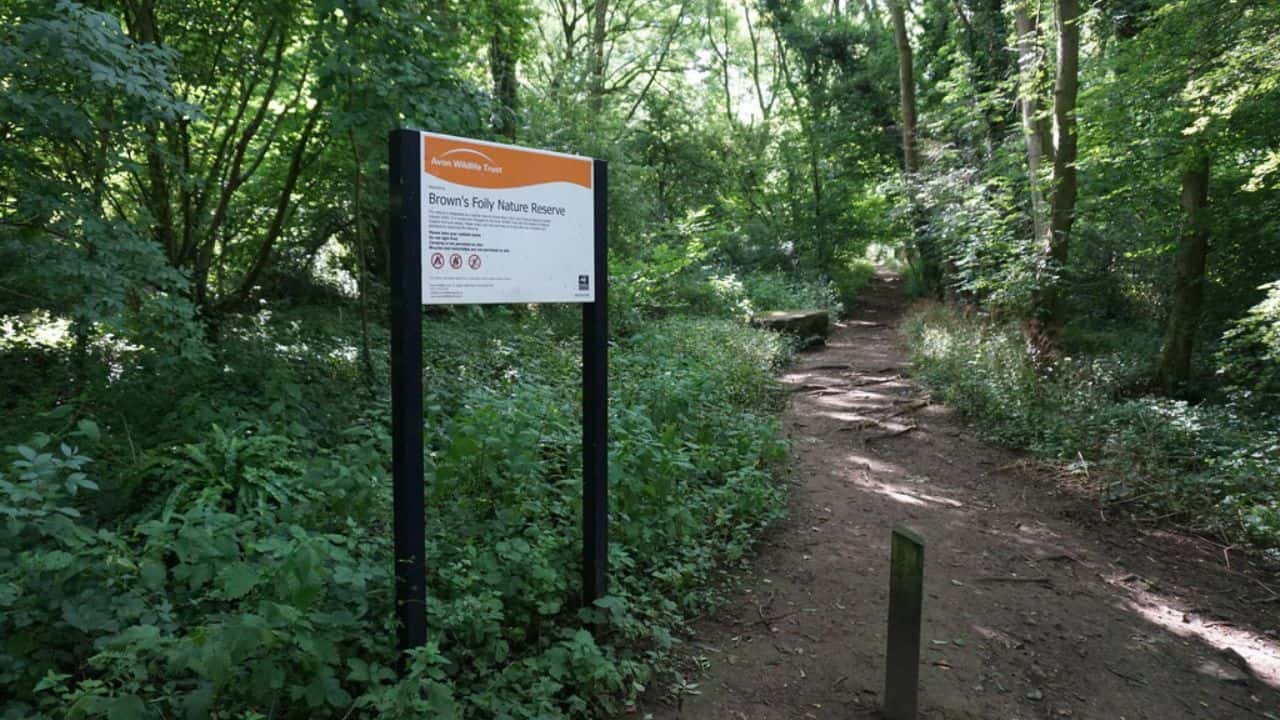
Brown’s Folly is situated only a mile east of Bathampton Down, on the other side of Avon. As such, it can be another stop on your wild camping adventure around Bath. To reach this place from Bathampton Down, you only have to cross the river via A4, head south through the village of Bathford, and drive up the hill to Brown’s Folly Car Park.
Featuring a flower-rich grassland (with rare orchids!) and ancient woodlands (Ashley, Mountain, Rowbarrow, Home, Gully, and Bay’s Wood, all connected), Brown’s Folly is one of the most picturesque areas near Avon. Moreover, this place is high up on the hill – majestic views of the river and the valley are guaranteed. In fact, the rolling fields I’ve mentioned when discussing Bathampton Down – the ones you can visit by crossing the river – are just down the hill from Brown’s Folly.
There are plenty of excellent wild camping spots in this area. However, to be on the safe side, you’ll want to pitch your tent in the woodlands. There, you can find old, low-pitched walls that offer protection from high winds. An important thing to note here is that a walking route called Path to Monkton Farleigh runs in the north-south direction through the forest – stay well away if you want to remain unnoticed.
While exploring the area, the landmark you’ll undoubtedly want to visit is the tower of Brown’s Folly, built in 1845 and close to the car park. It is currently open to the public and is yet another place on this side of Avon that offers remarkable views of the valley and the city of Bath beyond it. To reward yourself with a pint after a successful wild camping adventure, head over to Kings Arms pub in the nearby village of Monkton Farleigh.
Of course, while the stunning views and wild allure of Brown’s Folly near Avon present an enticing escape, if you’re ready to venture further, wild camping spots in Yorkshire can offer a fantastic alternative. From its sprawling moors to its undulating dales, Yorkshire provides a backdrop for your camping adventure that is equally as mesmerizing, if not more so. Immerse yourself in Yorkshire’s vast wilderness, where each turn reveals an untamed and tranquil beauty, leaving an indelible mark on your wild camping journey.
Great Bradford Wood
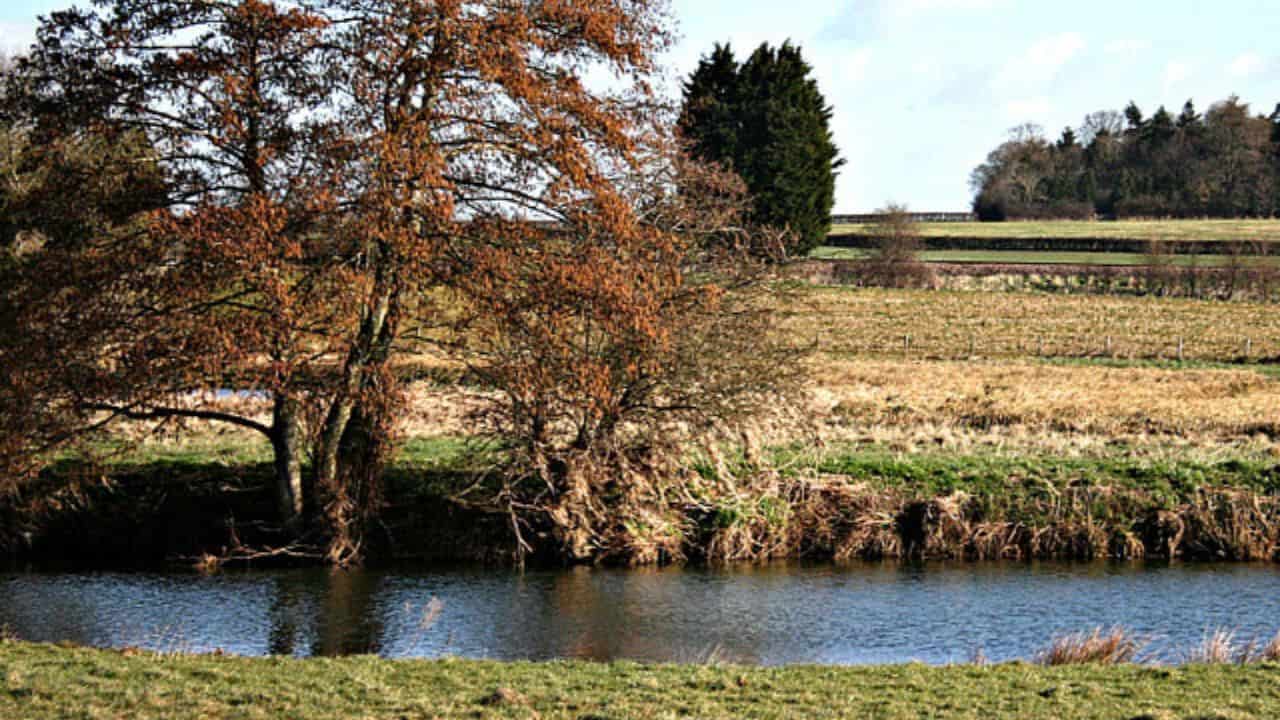
The next wild camping area near Avon is also one of the best – a sizeable forest near where the river bends northward, between Bradford-on-Avon and Trowbridge. The river borders the woodland on its eastern side, where the most scenic wild camping spots are. The only major disadvantage of camping here is that getting to the forest can take time and effort.
As privately-owned lands surround it on three sides and River Avon on the fourth, the Great Bradford Wood can be challenging to access if you don’t want anyone to see you entering it. The safest way to do this is by walking next to the railway out of Bradford-on-Avon and entering the forest from the south. Once there, look for a suitable tent-pitching spot in the forest itself or the river’s shore.
While rangers rarely patrol the woodland, one must exercise extreme caution while wild camping here.
If you’re coming from the east, a good option would be to follow Avon downstream and check out the other wild camping locations from our guide. On your way west, you’ll want to stop at Bradford-on-Avon – a magical historical town full of award-winning pubs and restaurants. Its Iford Manor, with beautiful Grade I registered gardens, is especially worthy of a visit.
Wheeler’s Wood
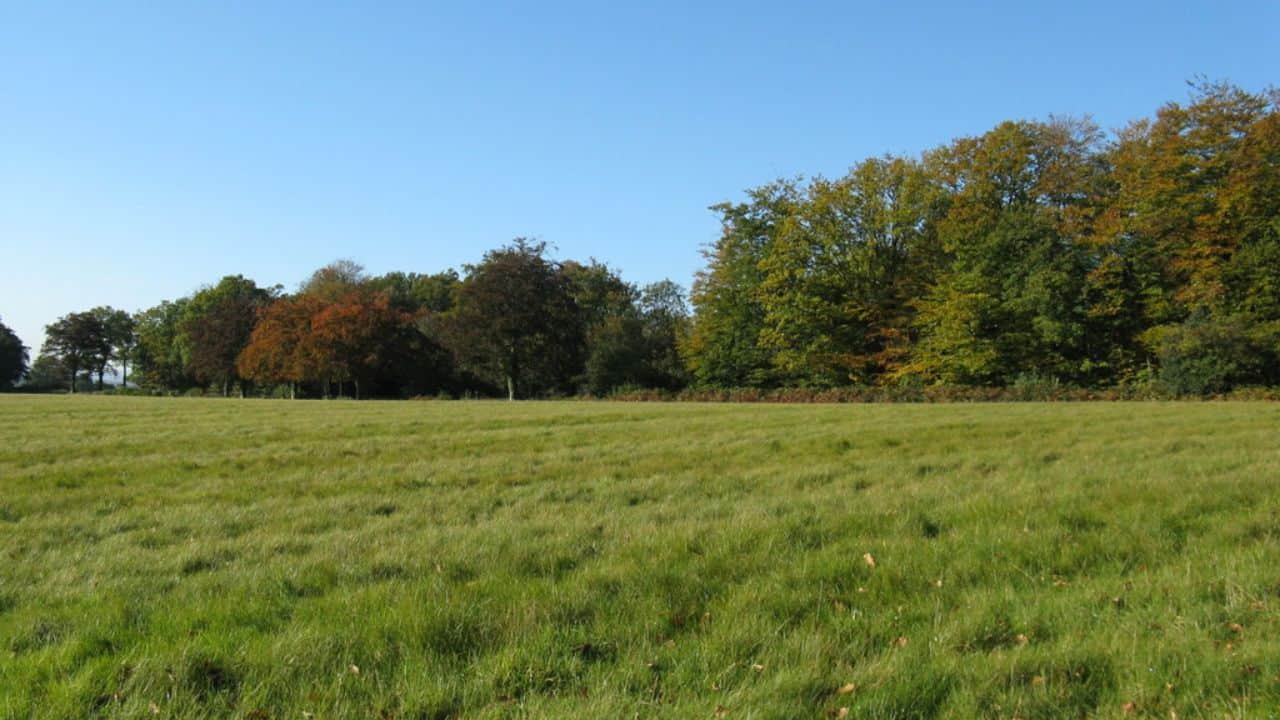
The last – and the easternmost – wild camping destination near Avon on my list is another riverside woodland a mile south of the market town of Chippenham. The easiest way to access this forest is from the Avon Valley Walk, a hiking route parallel to the river. An important thing to mention here is that there are a few other woodlands in the area – try setting up camp in those if you don’t find Wheeler’s Wood to your liking.
Moreover, the forest’s proximity to a scenic footpath can also be considered a disadvantage.
Still, the woodland is quite dense and finding a secluded camping spot should be easy. While camping here, you’ll be only minutes from Avon, where you can bask in the sun, swim, or explore its left bank in either direction. Cocklemore Brook, a small creek on the other side of the forest, is yet another picturesque body of water worth exploring.
The Bowden Road, about a mile south of Wheeler’s Wood, is abundant with places where you can grab a snack or have a pint – the George Inn, the Bell Inn, and the Rising Sun. Following the Avon Valley Walk north will take you to the abovementioned market town of Chippenham, where you can find even more pubs and eateries. While there, visit John Coles Park – one of the most well-maintained public parks in this part of England.
Where to Next?
Where to Next?
If you wish to continue your wild camping journey, consider a change of scenery with the untamed beauty of the New Forest. Located southeast of Avon, the New Forest offers an idyllic blend of ancient woodland, open moorland, heathland and sea-coast, making it a great alternative to camping near the Avon River.
Known for its unique landscape, abundant wildlife, and rich history, the New Forest provides numerous opportunities for wild camping, with the freedom to roam and appreciate the tranquility of nature in all its glory. Although it’s essential to be discreet, leave no trace, and respect the regulations in place, this could be a perfect continuation of your adventure.

I love hiking, backpacking, and camping. From the Camino de Santiago to the West Highland Way in Scotland or simply a great day hike on the weekend. Hiking refreshes me, my mind, and keeps my body reasonably fit. So far I have walked three Camino routes and many other long distance hikes in the UK, Canada, and around the rest of Europe. One of the best was my hike up Ben Nevis.

